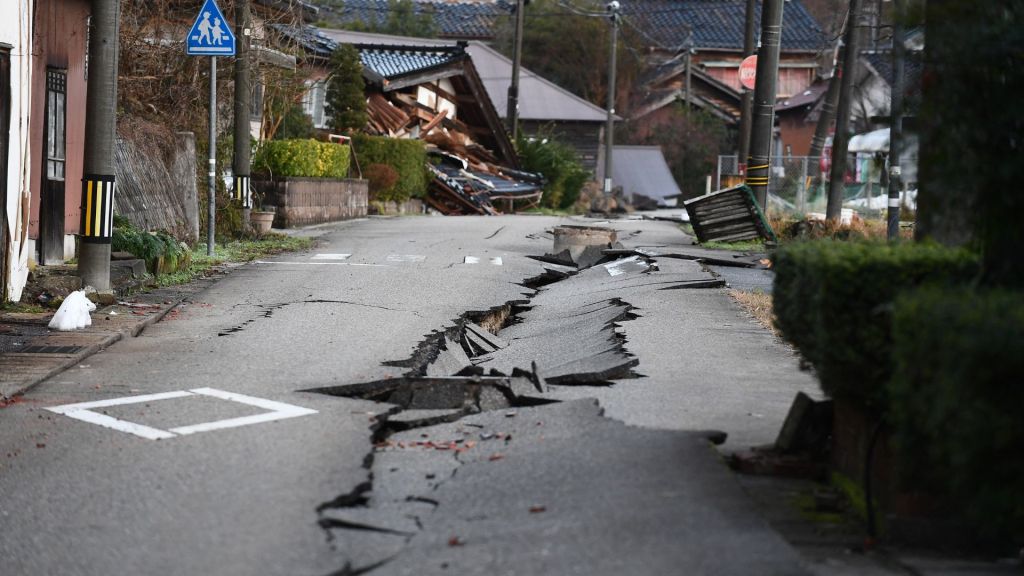Japan widens Nankai megaquake risk range to 60–94.5% over 30 years

New probability band and data issues
Japan’s Earthquake Research Committee has revised the 30-year probability for a magnitude 8–9 quake along the Nankai Trough, widening the estimate from “around 80%” to a range of 60% to 94.5% or higher. The change stems from uncertainties in historical uplift measurements and non-constant strain accumulation along the subduction zone off the Pacific coast. Scientists stressed that an actual event could come sooner or much later than the statistical window suggests. The last Nankai event of this scale struck in 1946; recurrence intervals historically span 90–150 years. The panel urged governments and utilities to update contingency plans for mass evacuation, port shutdowns, landslide risks, and cascading power and logistics failures.
Preparedness priorities for cities and lifelines
Local authorities in Kansai, Shikoku and Tokai are prioritizing vertical evacuation capacity, early warning interoperability, and supply chain redundancy for hospitals and fuel depots. Infrastructure owners are assessing seawall performance, refinery and LNG terminal resilience, and backup communications. Officials say public drills and household readiness—water, medication, documents—remain the cheapest risk reducers. For a quake-tsunami compound event, rapid damage triage and debris clearance would be critical to reopen arterial roads within 72 hours.






















